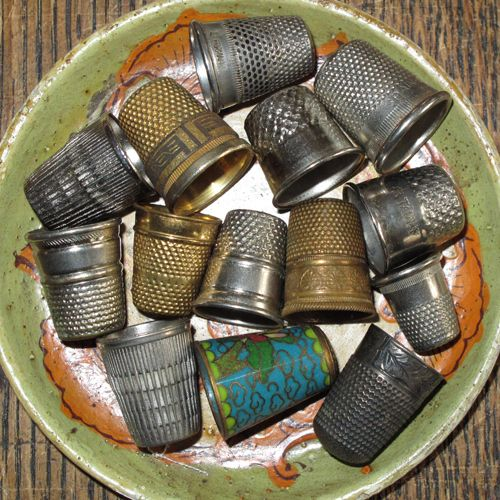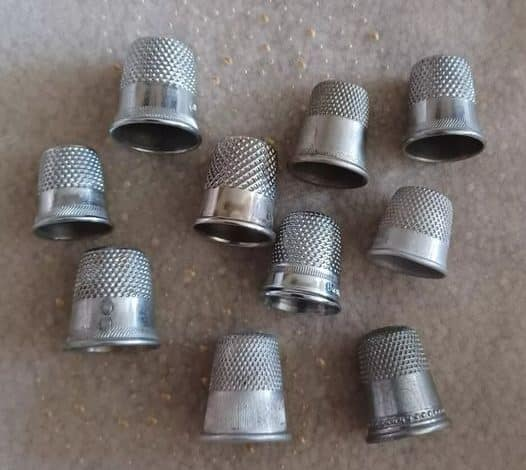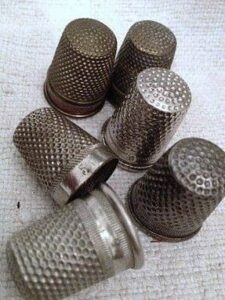Thimbles: Small Tools with a Long History. Though small enough to fit on a fingertip, thimbles have a rich history spanning centuries and cultures. Originally made to protect fingers while sewing, they evolved into artistic objects, symbols of status, and beloved collectibles.
From Ancient Times to Modern Collectibles. The earliest thimbles, found in Pompeii and dating to the 1st century AD, were made of bronze—simple yet durable. Over the centuries, thimbles developed in both form and meaning. In medieval Europe, makers used leather, wood, and metal. By the 14th century, Nuremberg became known for high-quality brass thimbles, and by the 17th century, silver and gold versions appeared, often adorned with enamel or gems.
More Than a Sewing Tool. Used by bookbinders, lace-makers, and leatherworkers, thimbles became essential tools in various trades. They also entered popular culture—like in Peter Pan, where a thimble symbolized a kiss, or as a game token in Monopoly, showing how common sewing once was.


From Tools to Treasures. Today, collectors prize thimbles made from porcelain, silver, and other materials, often focusing on design or historical era. Museums such as the Fingerhut Museum in Germany showcase thousands, each telling a unique story.

A Lasting Legacy. Though no longer essential for daily life, thimbles continue to inspire. Modern artisans create both traditional and innovative versions, proving that this tiny tool still holds a powerful connection to history, creativity, and craft.